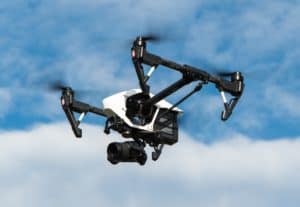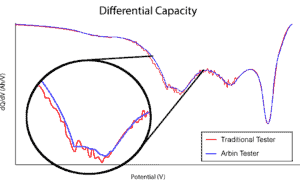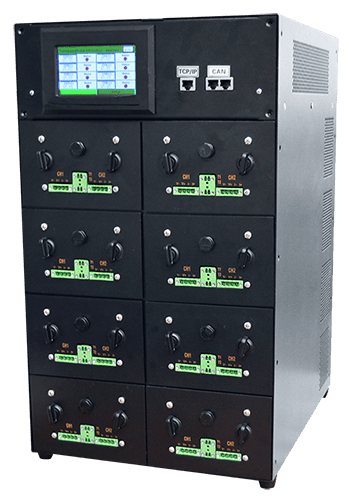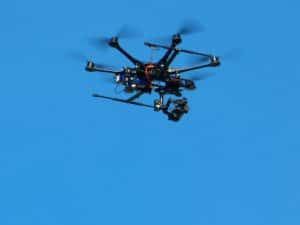
Drone technology has come a long way since its first introduction into non-military consumer use in 2010, becoming lighter, faster, and more compact over the years. Improvement in battery technology and battery testing equipment has greatly contributed to the advancement in drones, allowing smaller batteries with higher volumetric and energy densities to carry drones further than before.
Batteries as a limitation
Capacity, safety, and the lifespan of batteries are all factors that limit the creation of faster and more efficient drones. In the current state of battery technology, high capacity batteries are big and weighty, restricting the potential of portable and mobile devices as heavier loads would need a larger amount of energy to be carried. Most commercial drones fly for an average of 10 minutes before needing to be charged for an hour or two. The longest-lasting drones run for around 30 minutes, but the high price of heavy duty batteries increase the upfront cost of the gadget, making these drones also quite pricey.
Latest in battery technology
Researchers and battery chemists are working to improve on the various limitations of batteries and contribute to the progress of portable devices. Some of the solutions currently being worked on aim to find alternative materials that could replace various components of the battery to store more energy and release power more effectively, as well as increase the efficiency and thermal stability of batteries. This could be finding replacements for anodes, cathodes, or the liquid electrolyte found inside batteries. Better, more efficient materials would mean batteries with higher capacities, longer life-spans, and less flammable units, thus making portable electronics, gadgets, and electric vehicles much safer and more reliable. However, research and development within this field is slow and arduous and most researchers so far have found that to improve one element is to compromise on another. There must be a delicate balance between improving technology and ensuring the safety and efficiency of new batteries and products.

The benefits of battery testing and improved battery testing equipment
This is where improved battery testing and battery testing equipment can help maintain the balance between safety and progress. Advancement in testing equipment allows for more efficient and precise testing, measuring the smallest changes in a battery under real-world test conditions. Since many factors affect battery health, such as temperature, charging speed, depth of discharge, load cycles, etc., it is crucial to test these factors to ensure the safety and longevity of batteries and know better how to extend and improve the lifespan of products.

Typically, testing a battery would involve charge cycling for a significant portion of the battery’s expected lifespan. For instance, if a battery is meant to last for around 2 years, testing would last several months and the health of the battery would be projected from its test results. However, now that batteries need to last for more than 10 years, to test them for 2-3 years makes the development cycle too slow. Thus, battery testing equipment must be able to detect the smallest changes in the battery early in the testing phase so researchers can quickly compare batteries and materials. Drone batteries need to be able to release a large amount of power in a short period of time to take off and land as well as maintain a stable power flow while cruising. Better battery testing equipment allows the minute changes within the battery to be detected during these energy releases so researchers can better know what affects the battery and what needs to be changed to make them more energy efficient. Arbin’s battery test equipment offers the best measurement precision by a significant margin, allowing researchers to see the smallest changes and trends within the battery that go undetected among measurement noise with lower quality test equipment. This accelerates the testing and development process, allowing battery-powered devices like drones to improve more rapidly.

Safety is also a critical concern during battery testing. It is crucial to measure and control temperature during testing to prevent a failure or thermal runaway event. A typical temperature chamber provides a single large space to test a number of batteries at the same temperature in one go. However, if one battery cell fails, it could cause a cascade failure or ruin other tests in the same chamber. Thus, Arbin has created the “MZTC” Multi-Chamber that isolates cells or pairs of cells into individual mini-chambers to provide greater temperature uniformity and safely isolate cells from one another in case of failure. This speeds up the testing process by stabilizing tests and reducing risks.

How battery testing can help drones fly further
For drones, other portable devices, as well as electric vehicles to improve and become more accessible, battery technology still has a long way to go. However, with better battery testing equipment the research and development process can be reduced with greater resolution, superior precision, and a more consistent test environment, allowing technology to soar to new heights.


